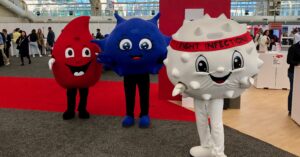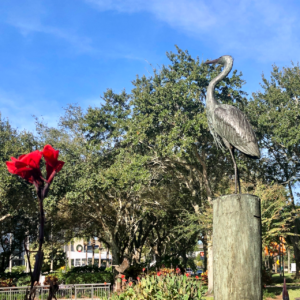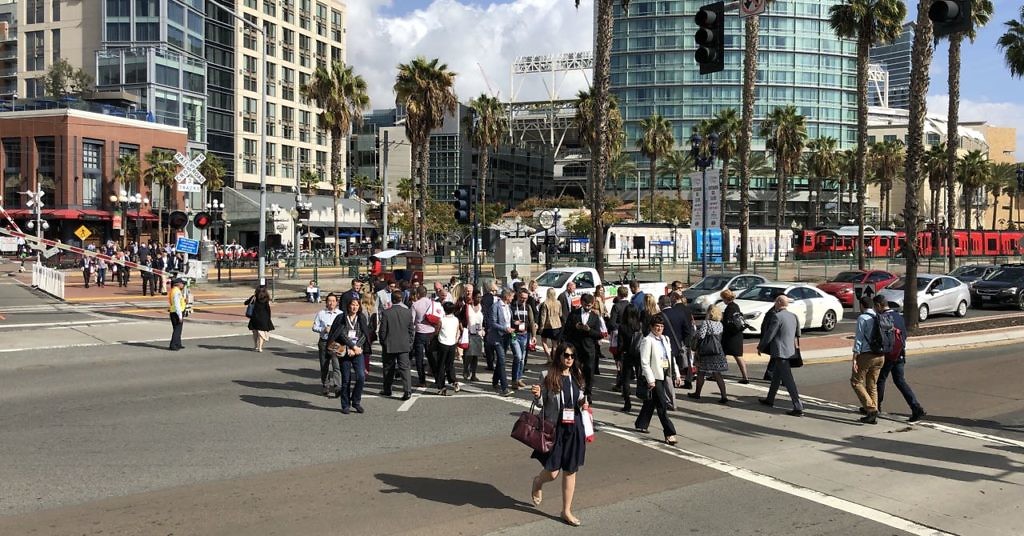Same Controller, Opposite Outcomes

Immune cells look and act differently
In this latest post from the American Society of Hematology meeting we explore some of the scientific data emerging from San Diego.
Specifically, we are looking at how transcription factors such as TOX2 can drive divergent fates in T and NK cells.
It might be tempting to think it sounds a bit dry, yet the findings could have important implications for future therapeutic developments – especially in the design of novel chimeric antigen receptor (CAR) cell therapies, an area where CAR-NK cells have constantly struggled with poor persistence.
To continue reading our latest highlights on oncology new product development including commentary and analysis BSB subscribers can log-in or you can click to access the content.
This content is restricted to subscribers
 While some clinical presentations fell a little short of expectations, smaller sessions revealed some important gems illustrating the intricacies of lung cancer biology where art and science intersect.
While some clinical presentations fell a little short of expectations, smaller sessions revealed some important gems illustrating the intricacies of lung cancer biology where art and science intersect.





 In our latest expert interview, we depart from the usual focus on one of two particular or narrow topics and indulge in a more wide ranging discussion to explore a variety of issues facing the IO field and look at them from the perspective of a researcher who is experienced in working with antibodies in various forms.
In our latest expert interview, we depart from the usual focus on one of two particular or narrow topics and indulge in a more wide ranging discussion to explore a variety of issues facing the IO field and look at them from the perspective of a researcher who is experienced in working with antibodies in various forms.